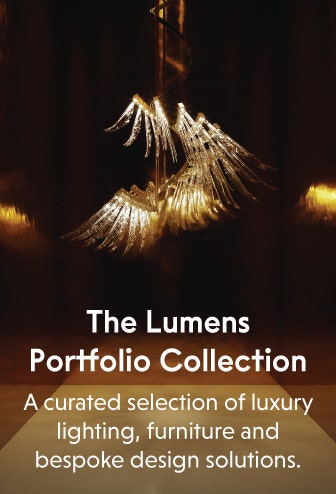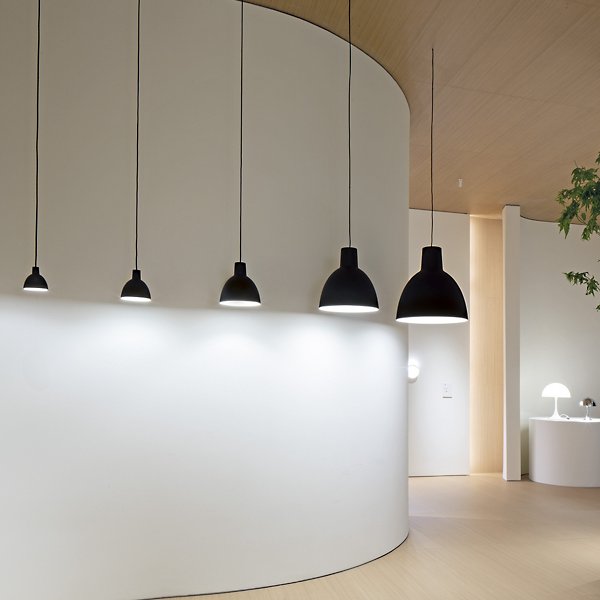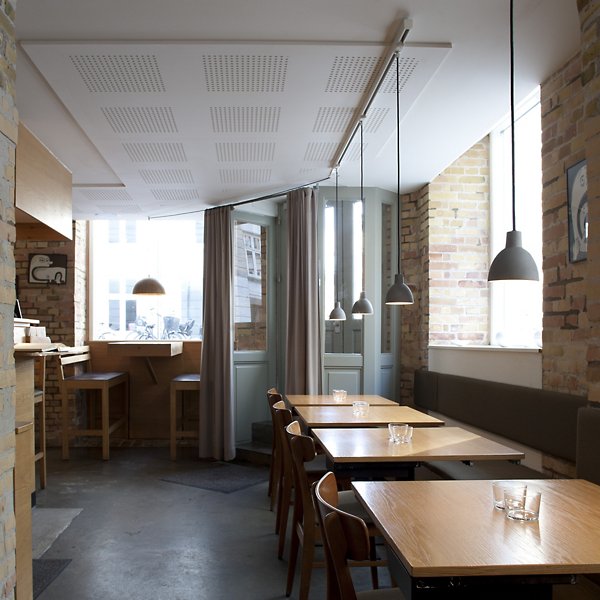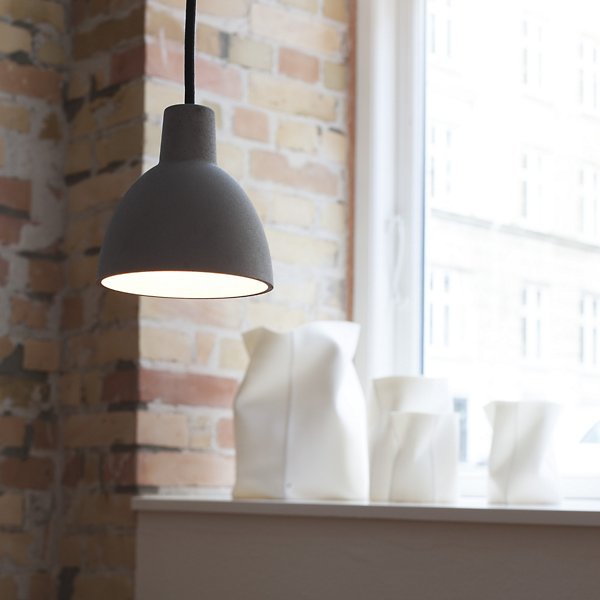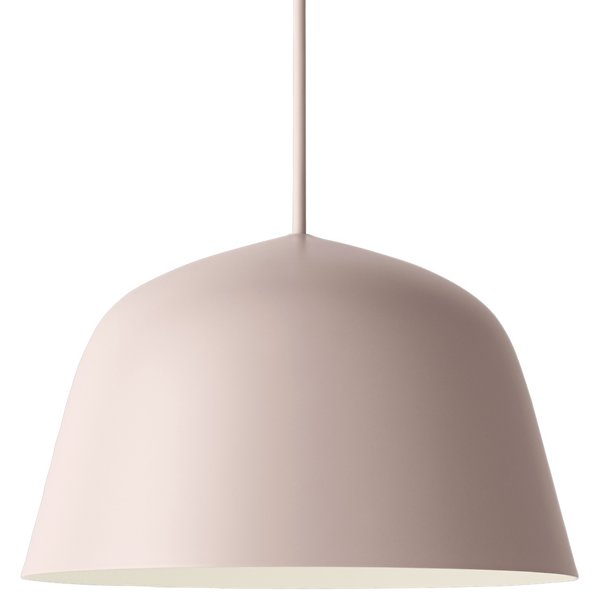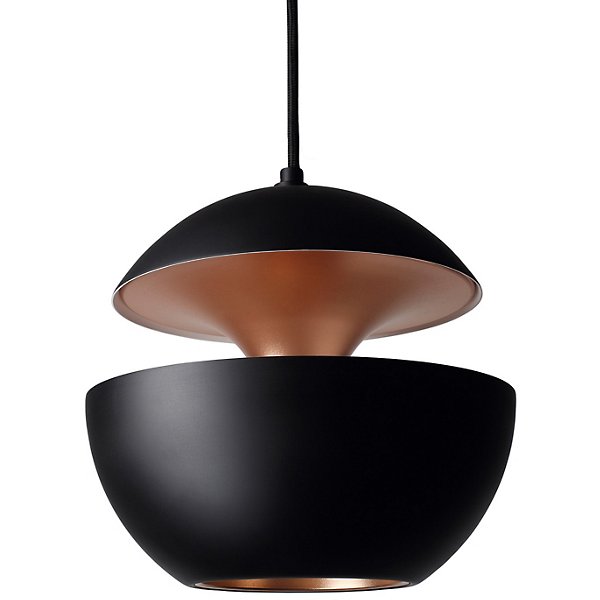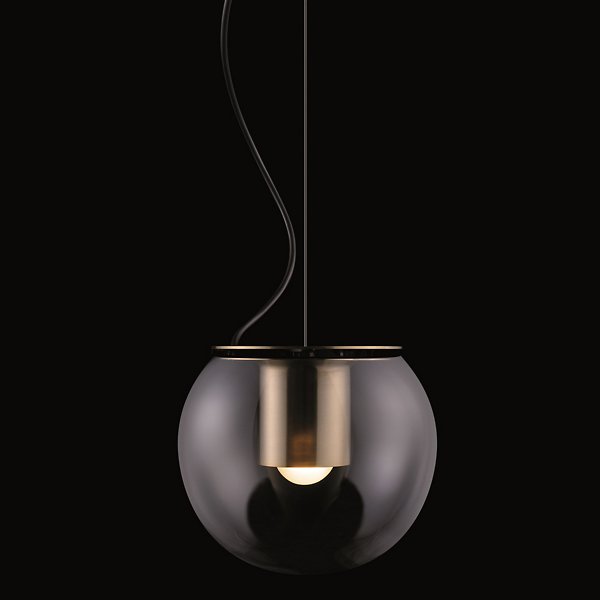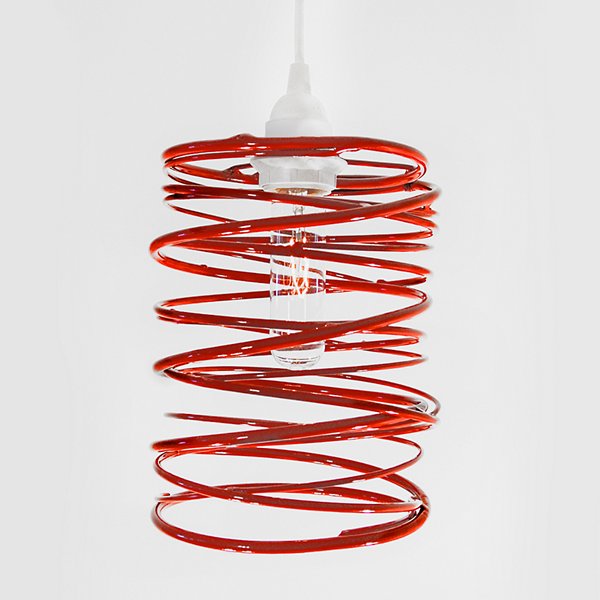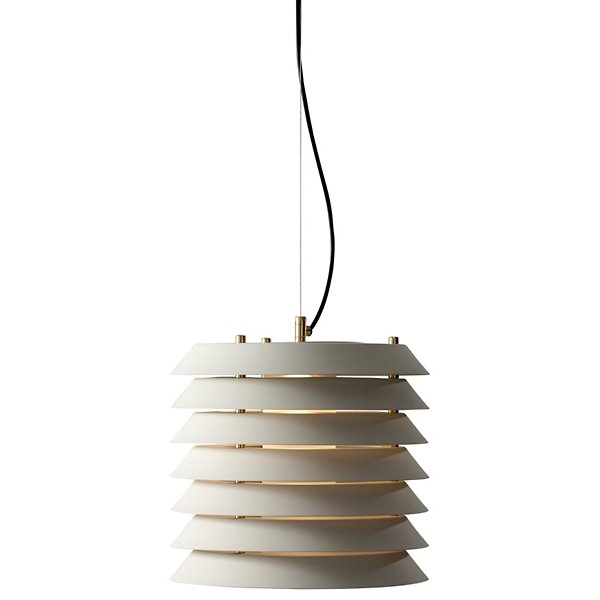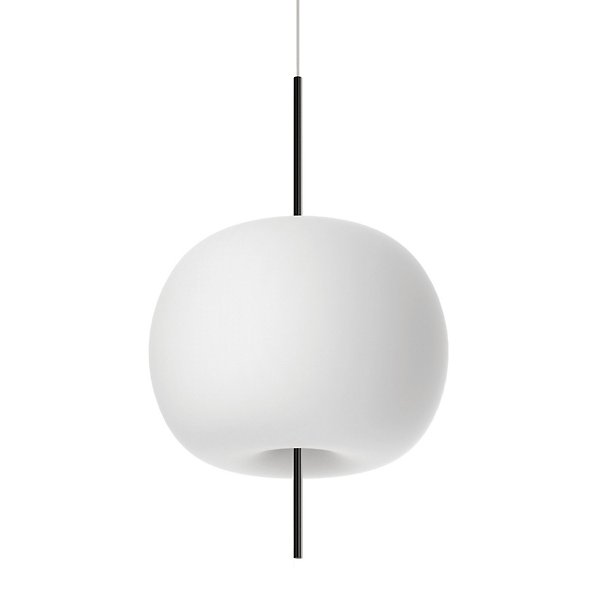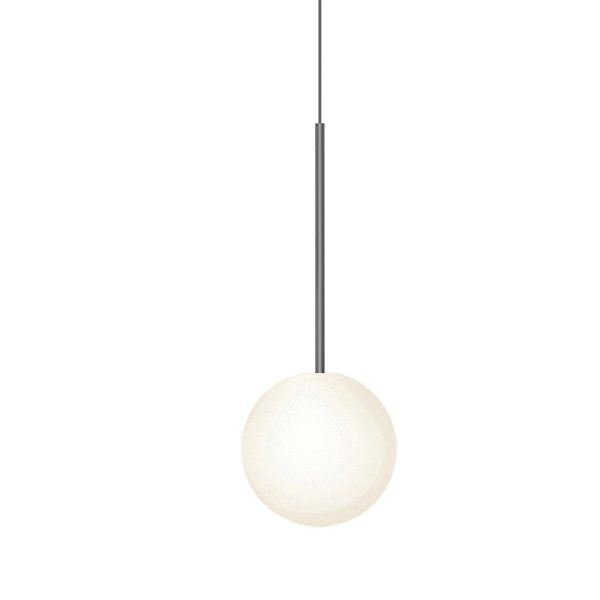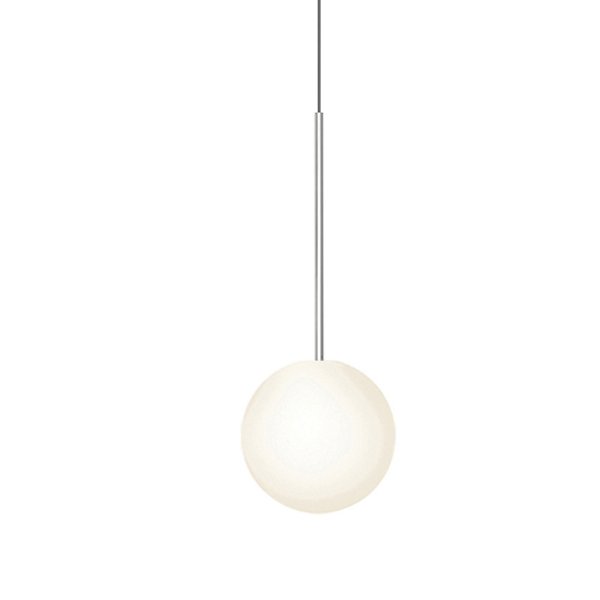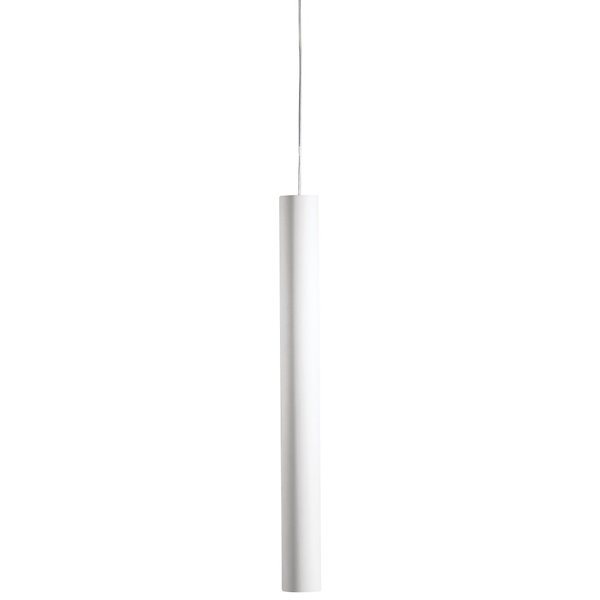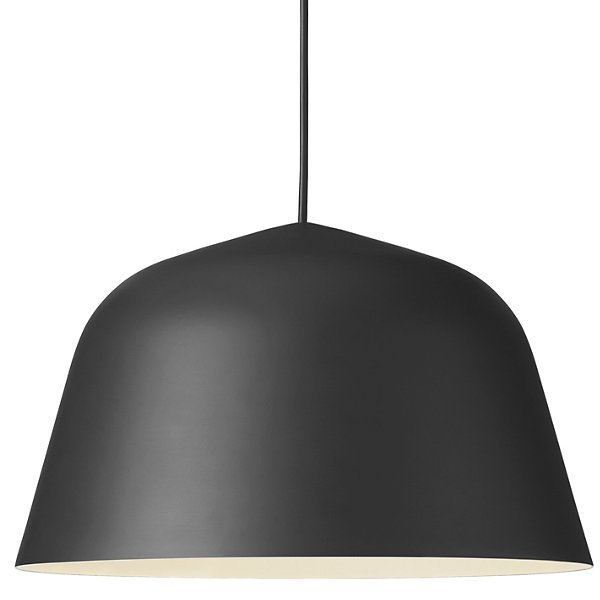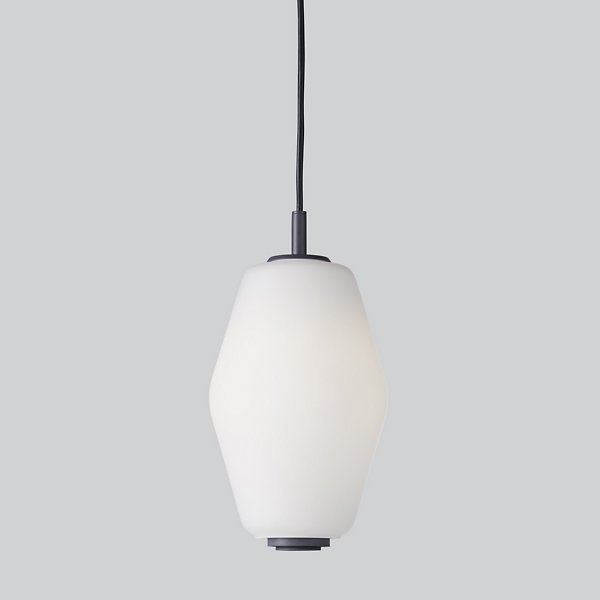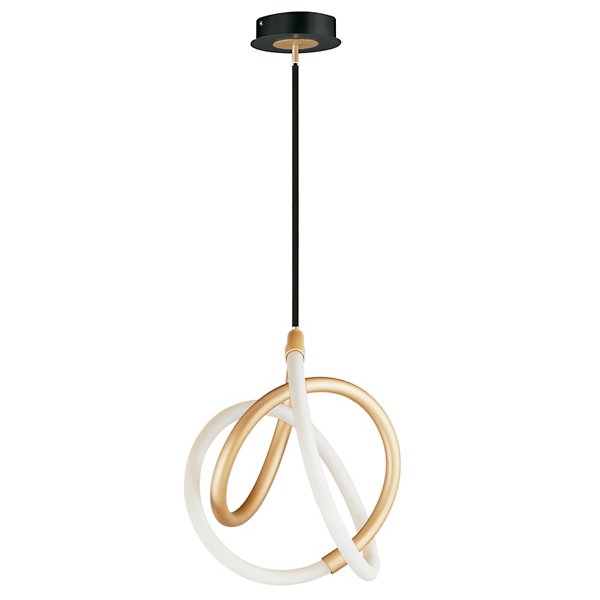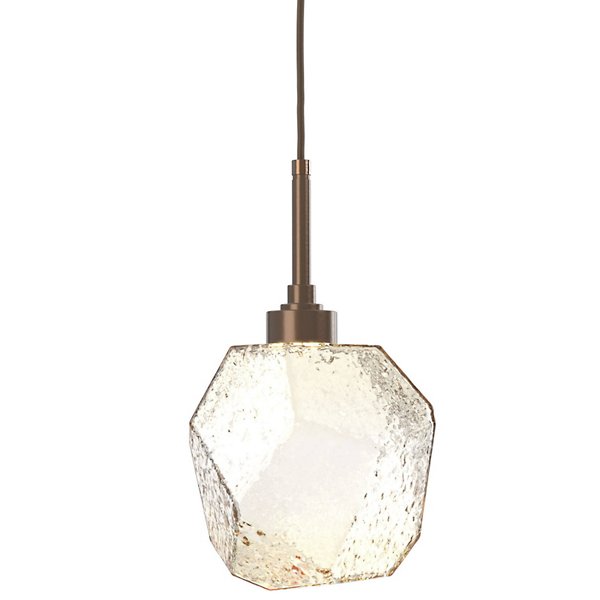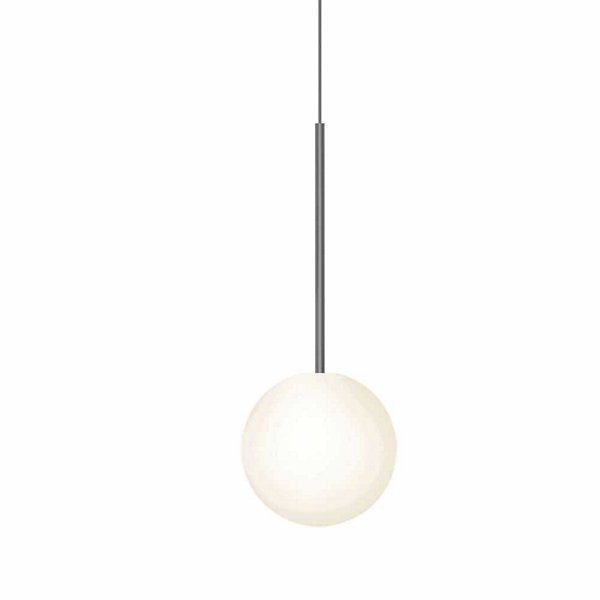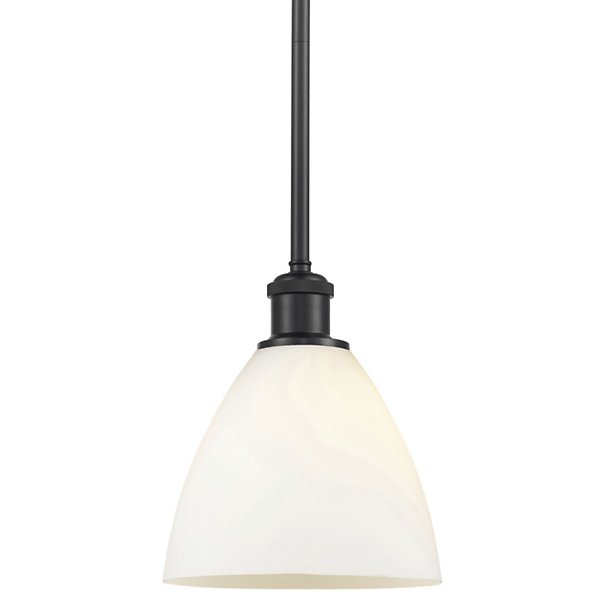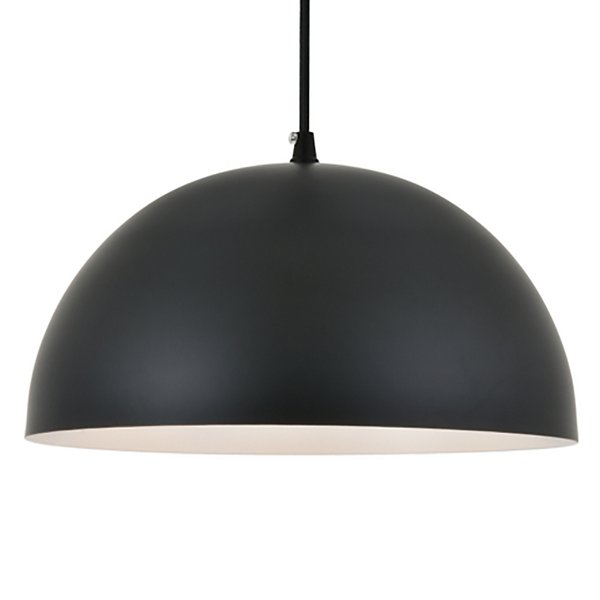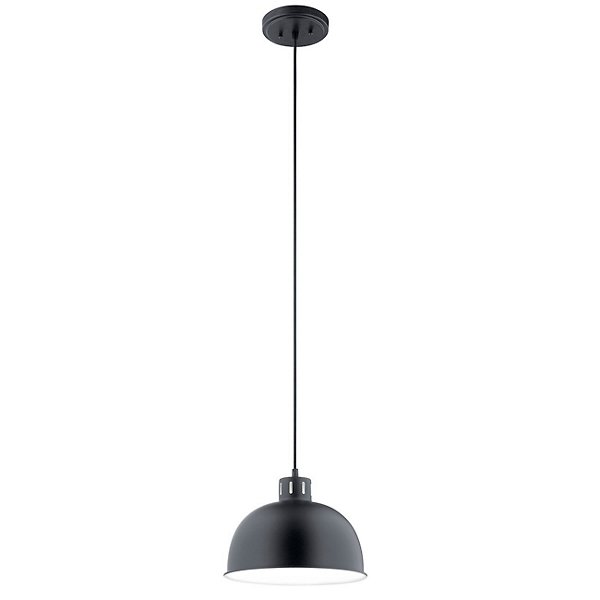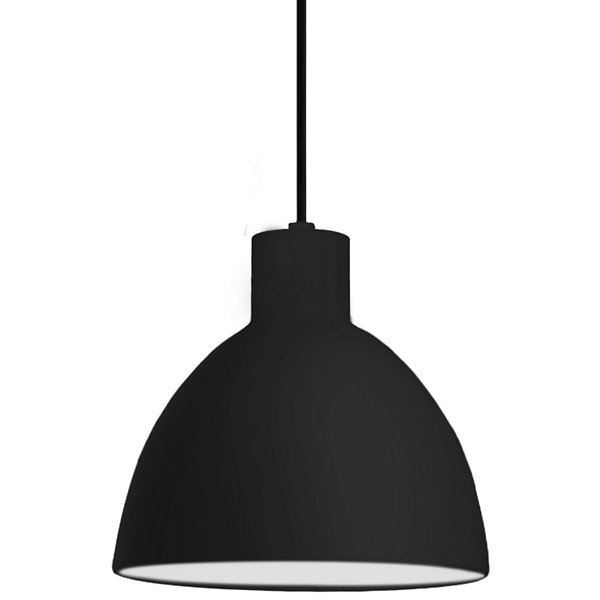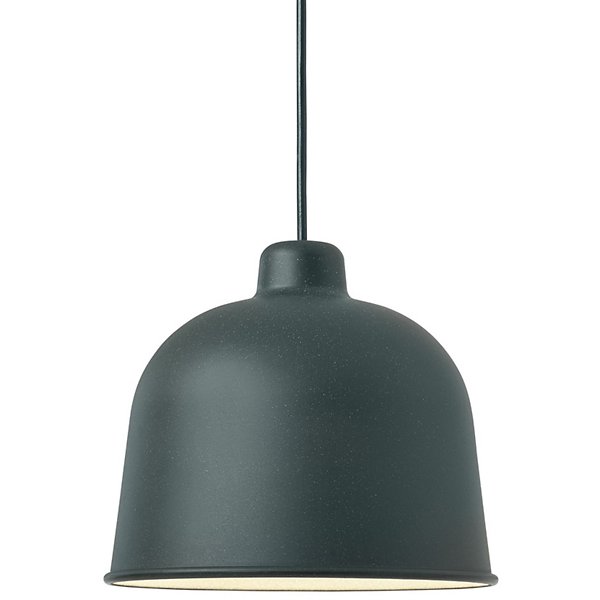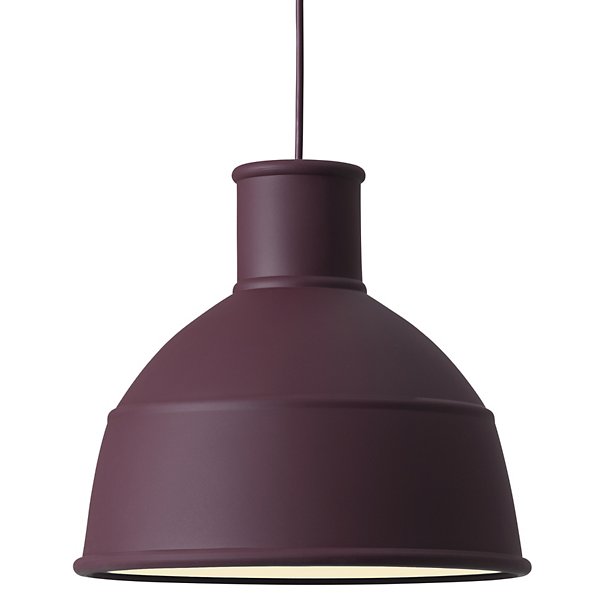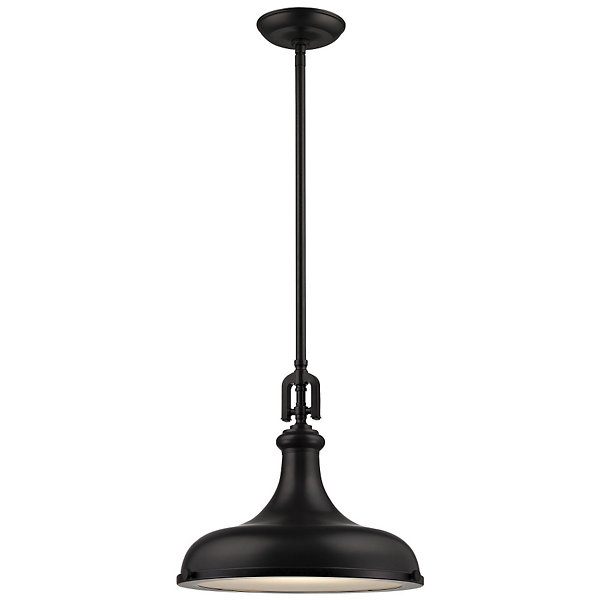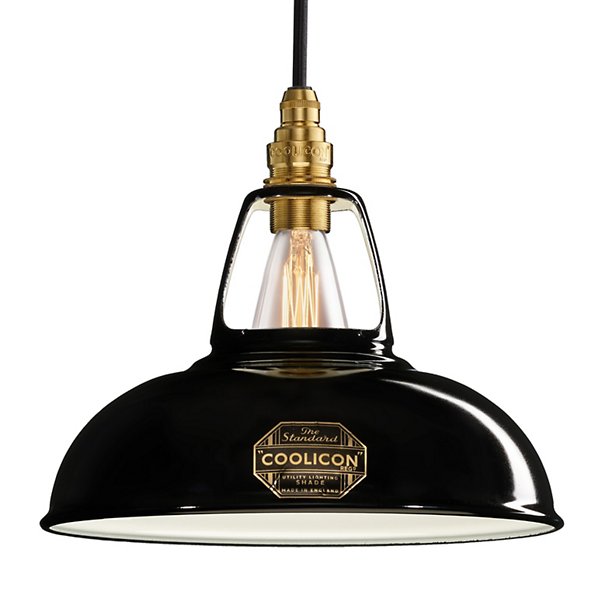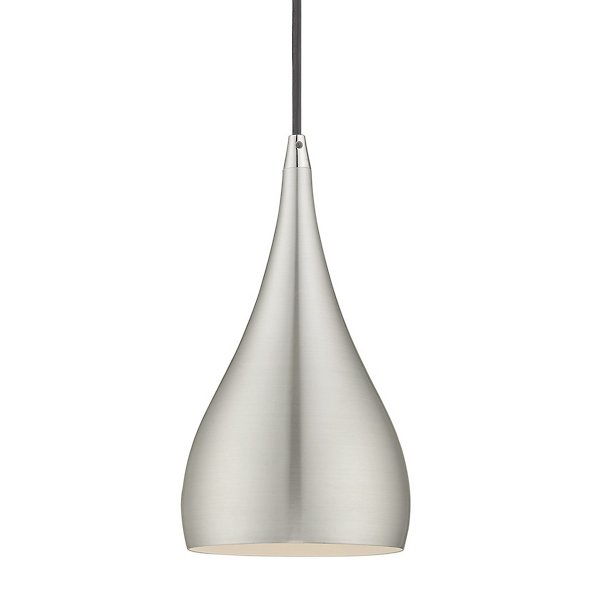|Shown in Black finish, 7 Inch size
|Shown in White finish, 10 Inch
|Shown in Black finish, in use
|Shown in Light-Grey finish, in use
|Shown in Black finish, in use
|Shown in Black, Dark-Rose finish, in use
|Shown in Dark Rose color, in use
|Shown in Black color, in use
|Application shot
|Shown in Blue Grey finish, in use
|Shown in Blue Grey finish, in use
|Shown in White finish, in use
|Shown in White finish, in use
|Shown in Black, White finish, in use
Questions about the Toldbod Cone Pendant?
Our team of design specialists is certified by the American Lighting Association to bring you expert service with a personal touch.

Questions about the Toldbod Cone Pendant?
Our team of design specialists is certified by the American Lighting Association to bring you expert service with a personal touch.

Freight Delivery Options
See What's Available Soonest

The Louis Poulsen Story
Key Features
Beauty through simplicity. The Toldbod Cone Pendant from Louis Poulsen enlivens the décor of a variety of home and commercial spaces with a simple and striking design. Created by Louis Poulsen’s design studio, this piece lowers from the ceiling by a long and thin cord that leads to a gracefully curved shade. Complete with a matte finish, the light from the shade is directed downward in an even and focused manner.
When you hear the name Louis Poulsen, you think distinctive modern Danish lighting. From the classic icons of the 1920s to more recent pieces, all Louis Poulsen lighting is created based on a deep-felt respect for architecture, understanding the emotional effect of lighting and the belief that shadow is just as aesthetically important as light. All three aspects manifest themselves in the sculptural layering and comfortable, glare-free light of Louis Poulsen pendants, wall, table and floor lamps.
Key Features
Beauty through simplicity. The Toldbod Cone Pendant from Louis Poulsen enlivens the décor of a variety of home and commercial spaces with a simple and striking design. Created by Louis Poulsen’s design studio, this piece lowers from the ceiling by a long and thin cord that leads to a gracefully curved shade. Complete with a matte finish, the light from the shade is directed downward in an even and focused manner.
When you hear the name Louis Poulsen, you think distinctive modern Danish lighting. From the classic icons of the 1920s to more recent pieces, all Louis Poulsen lighting is created based on a deep-felt respect for architecture, understanding the emotional effect of lighting and the belief that shadow is just as aesthetically important as light. All three aspects manifest themselves in the sculptural layering and comfortable, glare-free light of Louis Poulsen pendants, wall, table and floor lamps.
- Reflector provides channeled and efficient light distribution
- Does not require transformer
- Harmonic design
- Glare free
- Material: Cast Aluminum
- Dimmable: Yes
- Dimmer Not Included
- Dimmer Type: Electronic low voltage (ELV)
- Lighting Style: Downlight
- Location Rating: UL Listed
- Made from Sustainably Sourced Materials: This design is produced using responsibly harvested, reclaimed or alternative materials.
- Eco-Friendly Packaging: This design is shipped using recycled, recyclable or limited packaging materials to reduce waste and carbon footprint.
- Warranty: Limited 5 Year
- Made In Denmark
Compare Brightness:
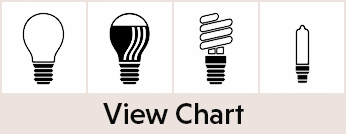
Lumens
The amount of light that comes from a bulb, which has commonly been measured in watts. The more lumens, the brighter the bulb.Wattage
A measurement of the power delivered to a component of an electric circuit (allowing a one-ampere current to flow through the component under the pressure of 1 volt.)Bulb Shape
Bulb shapes are denoted with a letter, which describes the shape, and a number, which indicates the size. The number indicates the diameter of the light bulb at its widest part in eighths of an inch.Base
The part of the bulb that connects to the fixture and its power supply. Bulb bases are denoted with the letter E, and a number which indicates the diameter of the bulb base at its widest part in millimeters.Voltage
Indicates how much voltage a bulb can accept via the fixture it's installed in.Light Color Temperature
The relative color from a light source, measured on the Kelvin temperature scale. Warm light is lower in color temperature (2700-3000 K) and cool, blue light is higher (5000 K).Average Rated Life
The average amount time that a bulb is expected to last.CRI
CRI = color rendering index. This number, which can go from 0 to 100, measures the ability of a light or bulb accurately renders colors. The higher the number, the better, with most quality bulbs these days measuring at least in the 80s.Manufacturer IDs: view
10000149809 10000149814 10000149810 10000149815 10000149811 10000149816 10000149812 10000149817 10000149813 10000149818 10000149904 10000149900 10000149902 10000149901 10000149903
California Residents: Prop 65 regulations
